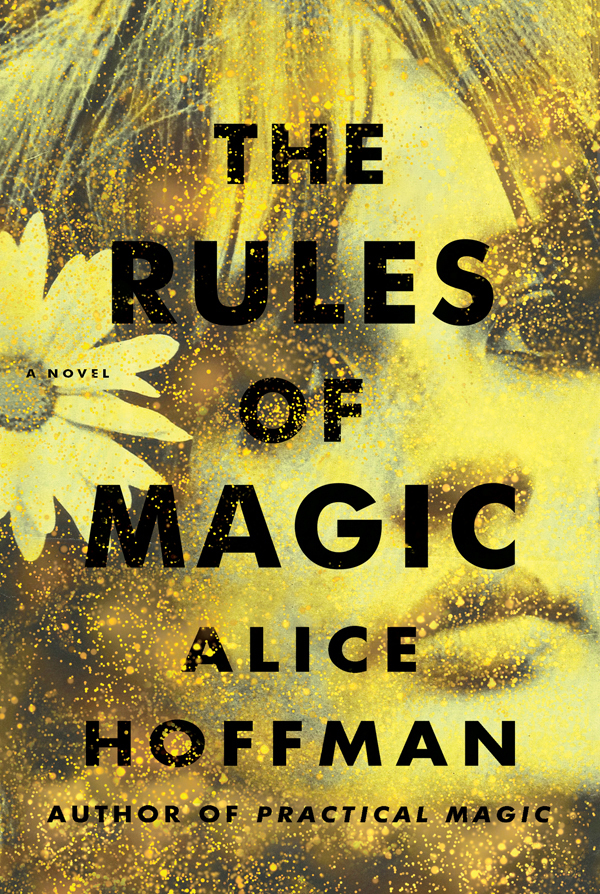
The Story Sisters
Book Description
Three sisters bound by love and secrets navigate the treacherous waters of family and fate in a small Massachusetts town. Their lives entwined by enchantment and tragedy, each sister confronts her own demons, navigating a world where fairy tales clash with harsh realities. As whispers of mystery weave through their days, the power of their bond is tested by heartache and betrayal. Just as they begin to uncover the truth hidden in their past, a shocking revelation threatens to unravel everything they hold dear. Can they reclaim their fractured lives, or will the weight of their choices tear them apart forever?
Quick Book Summary
"The Story Sisters" by Alice Hoffman weaves a lyrical tale of three sisters—Elv, Claire, and Meg—whose lives are molded by both the enchantment of their imaginations and the shattering consequences of a secret that haunts them from childhood. Set in a small Massachusetts town, the novel blurs the lines between reality and fantasy, exploring how the sisters retreat into an invented fairy-tale realm to escape trauma. As they grow, their individual paths diverge, with magic, grief, and longing shaping their destinies. Each sister faces heartbreak and betrayal, and the enduring but fraught bond among them is repeatedly tested. Through loss and forgiveness, the novel ultimately examines the redemptive power of love, imagination, and the courage required to embrace the truth.
Summary of Key Ideas
Table of Contents
The Transformative Power of Imagination
The heart of "The Story Sisters" lies in how Elv, Claire, and Meg use the sphere of their collective imagination to shield themselves from the harshness of their environment. Their invented world, adorned with secret languages and fairy-tale motifs, offers sanctuary from pain, but also becomes a barrier separating them from others. Through magical realism, Hoffman illustrates how creative escapism serves both as a coping mechanism and a potential prison, shaping the sisters' perceptions of themselves and their futures.
Trauma and Secrets in Family Dynamics
A lingering childhood trauma—centered around Elv—casts a long shadow over the sisters' lives. Bound by an unspoken secret, the girls are forced to navigate complex emotions of guilt, shame, and protectiveness. Their inability to confront or articulate their shared pain festers, altering their interactions with each other and with their mother, Annie. The secrecy erodes trust and influences their development, charting courses fraught with isolation, self-destruction, and emotional turmoil.
Sisterhood and the Fragility of Bonds
Despite the love that forms the foundation of their relationship, the sisters' bond is tested by external events and internal struggles. Life's realities—death, addiction, betrayal—intensify the distance between them. Elv's descent into drug abuse and her struggle with mental health create rifts not just with her sisters but also within herself. The narrative reveals how sisterhood can be both a lifeline and a source of deep pain, with loyalty sometimes clashing with the necessity for self-preservation.
Grief, Loss, and the Path to Healing
Grief pervades the sisters' coming-of-age, compelling each to seek consolation in different ways. Loss—be it of innocence, love, or actual family members—leads them toward both devastation and transformation. Hoffman illuminates the uneven terrain of healing, portraying mourning as messy and nonlinear. Through their suffering, the sisters and those around them experience growth, finding moments of connection that suggest recovery is possible, even after profound tragedy.
Forgiveness and Redemption
In the final reckoning, the possibility of forgiveness and redemption surfaces as the sisters confront the legacy of their choices. The revelation of their childhood secret and their willingness to face the truth allow for the beginnings of reconciliation. The novel closes on a note that, while not conventionally happy, is quietly hopeful: love, though battered and scarred, can endure and even renew. Hoffman suggests that moving forward requires acceptance, compassion, and the courage to rewrite one’s own story.
Download This Summary
Get a free PDF of this summary instantly — no email required.





